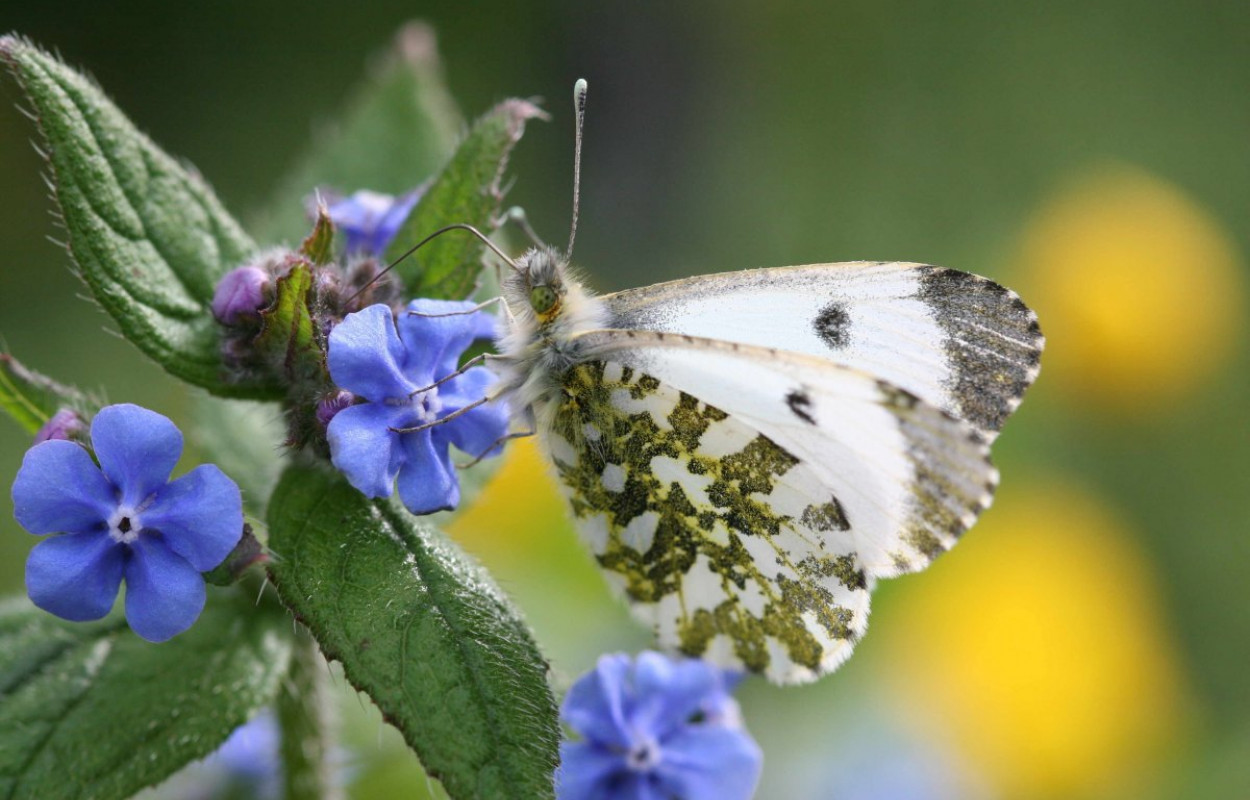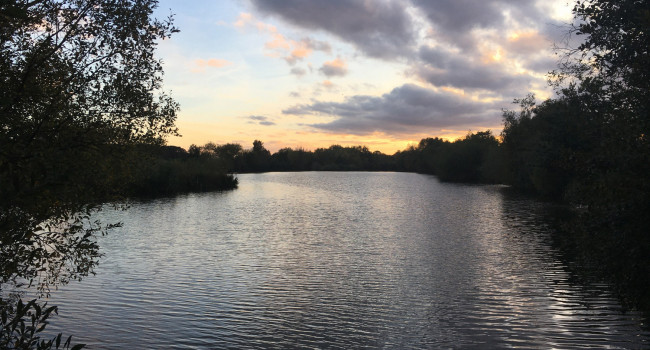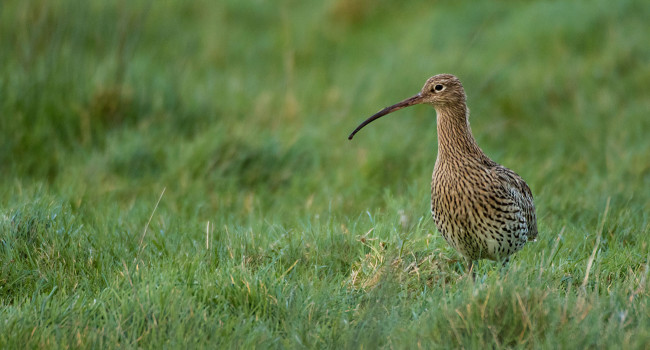Patterns and causes of covariation in bird and butterfly community structure

Author(s): Eglington, S.M., Brereton, T.M., Tayleur, C.M., Noble, D., Risely, K., Roy, D.B. & Pearce-Higgins, J.W.
Published: March 2016
Journal: Landscape Ecology Volume: 30 ( part 8 )
Digital Identifier No. (DOI): 10.1007%2Fs10980-015-0199-z
Non-uniform monitoring
BTO is fortunate to hold unique large, long-term datasets on bird abundance and distribution collected by dedicated volunteers. Our scientists translate these data into trends describing populations, which can be used in turn by policymakers and land managers for decision-making. Not all taxa are so well understood, as for many species, little information is collected. One way of accounting for this is using a so-called 'surrogacy approach', where patterns of variation in less-well monitored species are assumed to be similar to those in better monitored species. Recent BTO research has set out to test this assumption, asking whether the population trends of highly mobile vertebrates, like birds, really be used to infer those of much smaller invertebrates, like butterflies.
Cross-taxa variation at a fine scale
Members of the BTO’s Monitoring and Population Ecology and Modelling Teams worked with Butterfly Conservation and the Centre for Ecology and Hydrology to analyse data collected by volunteers taking part in the UK’s BTO/RSPB/JNCC Breeding Bird Survey (BBS). Since 2009, BBS volunteers have also been asked to survey butterflies on their randomly-generated BBS squares, as part of the Wider Countryside Butterfly Survey (WCBS). This provides a contrast between these small, specialised insects and birds. The size of BBS squares (1 km2) is critical to this work, as the fine spatial resolution allowed the study’s authors to assess patterns in a way that has not been possible in previous studies of cross-taxa relationships.
Data were analysed to examine spatial variation in bird and butterfly distribution and community structure over a range of habitats and latitudes. Specifically, the researchers considered the total number of species recorded in each visit to the square (species richness), the diversity of these species and their “evenness”, which is a measure of how the abundance of species within a community differs (evenness is lowest when a community is dominated by a few, highly abundant species). Calculations were also made to assess the degree to which communities were composed of generalist or specialist species (the 'community specialisation index', CSI).
Support for surrogacy
This study found significant similarities in the way UK birds and butterflies varied in species richness and diversity. These relationships remained when latitude and habitat-type was included in the analysis, showing that they were not simply a result of the common effects of temperature and land-cover on both groups. Instead they are likely to have resulted from common responses to variation in habitat-type, such as vegetation structure and heterogeneity within habitat-types. However, associations with evenness and CSI were much weaker, suggesting that the most specialised bird and butterfly species did not associate at relatively fine spatial scales. Specialist butterflies tended to occur in semi-natural habitats, whilst the most specialised bird communities were found in non-fragmented landscapes. Our results suggest that surrogacy approaches may be used where management decisions are based upon species richness and diversity. However, if conservation decisions prioritise particular rare and specialised species, then they will only benefit other taxa if those taxa also have similar responses to environmental change and management.
Notes
The BBS is funded jointly by the British Trust for Ornithology (BTO), the Royal Society for the Protection of Birds (RSPB) and the Joint Nature Conservation Committee (JNCC). The WBCS is a partnership between the Centre for Ecology and Hydrology (CEH), Butterfly Conservation and BTO, and is funded by a consortium of government agencies [Defra, Joint Nature Conservation Council (JNCC), Natural Resources Wales (NRW), Scottish Natural Heritage (SNH), Natural England and the Forestry Commission (FC)].








Share this page